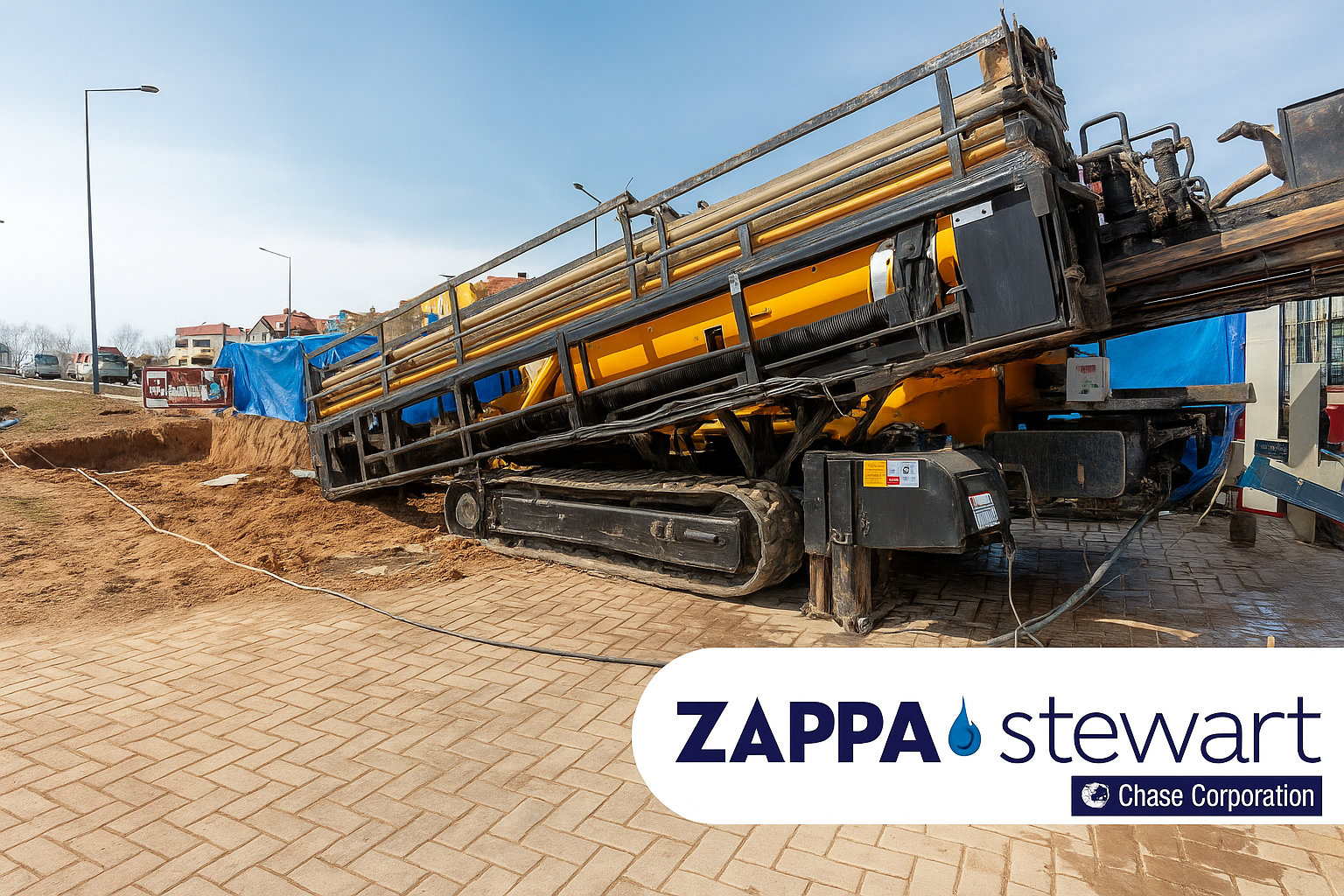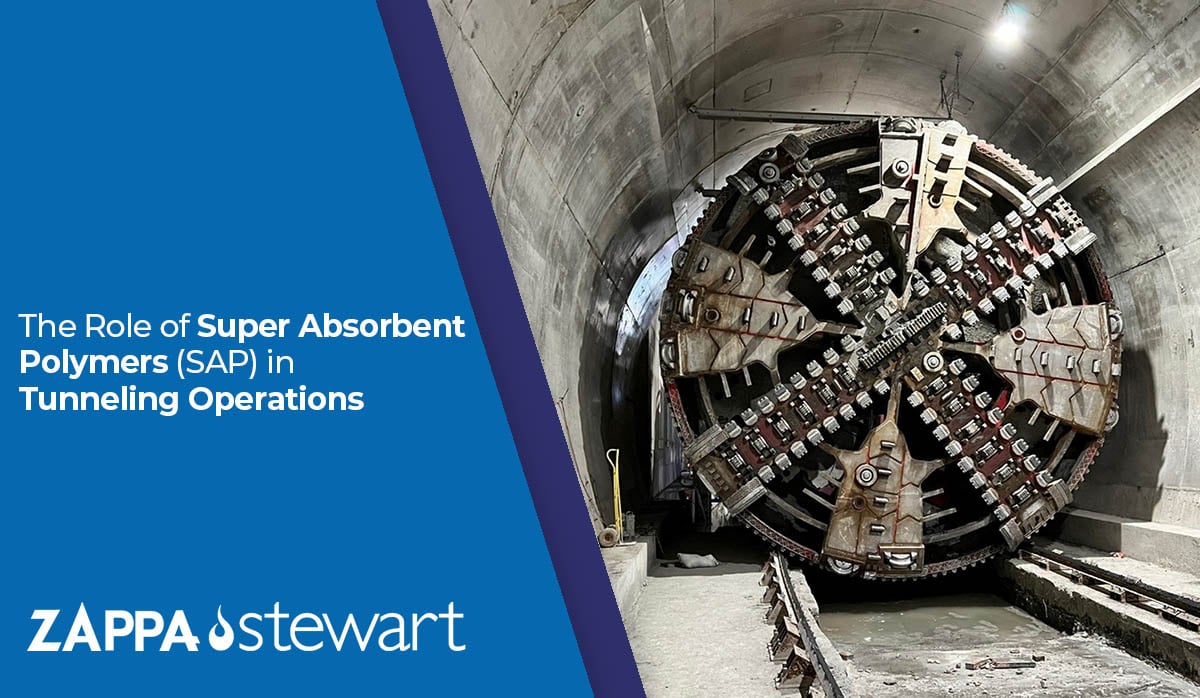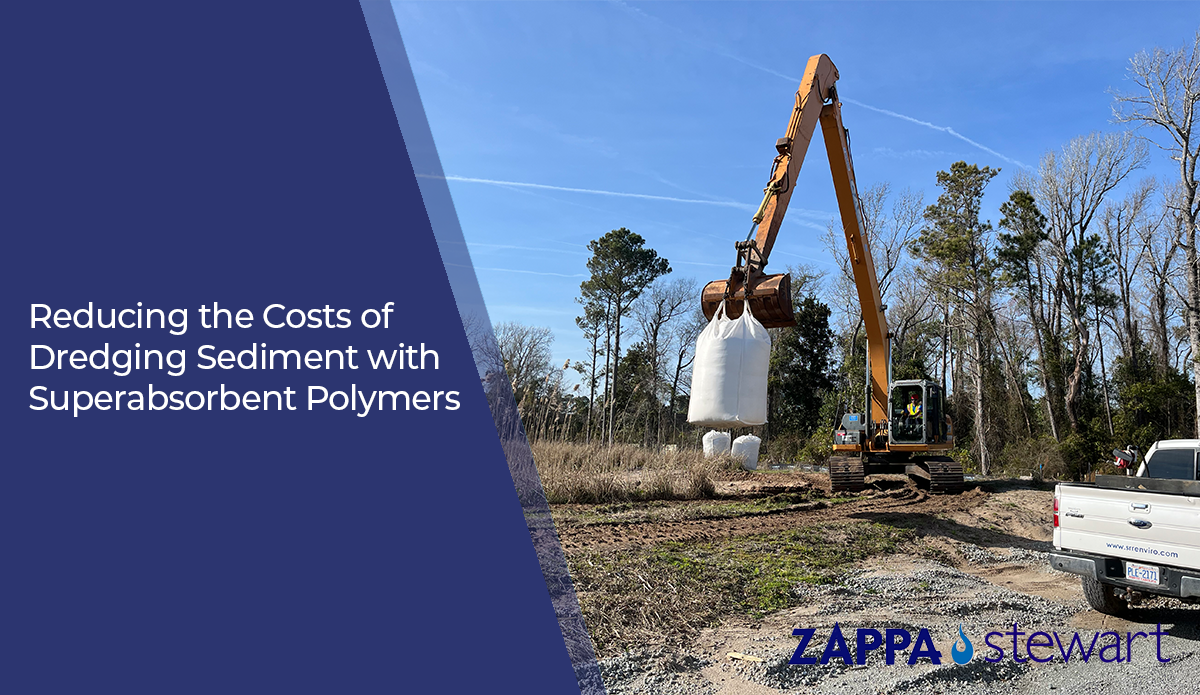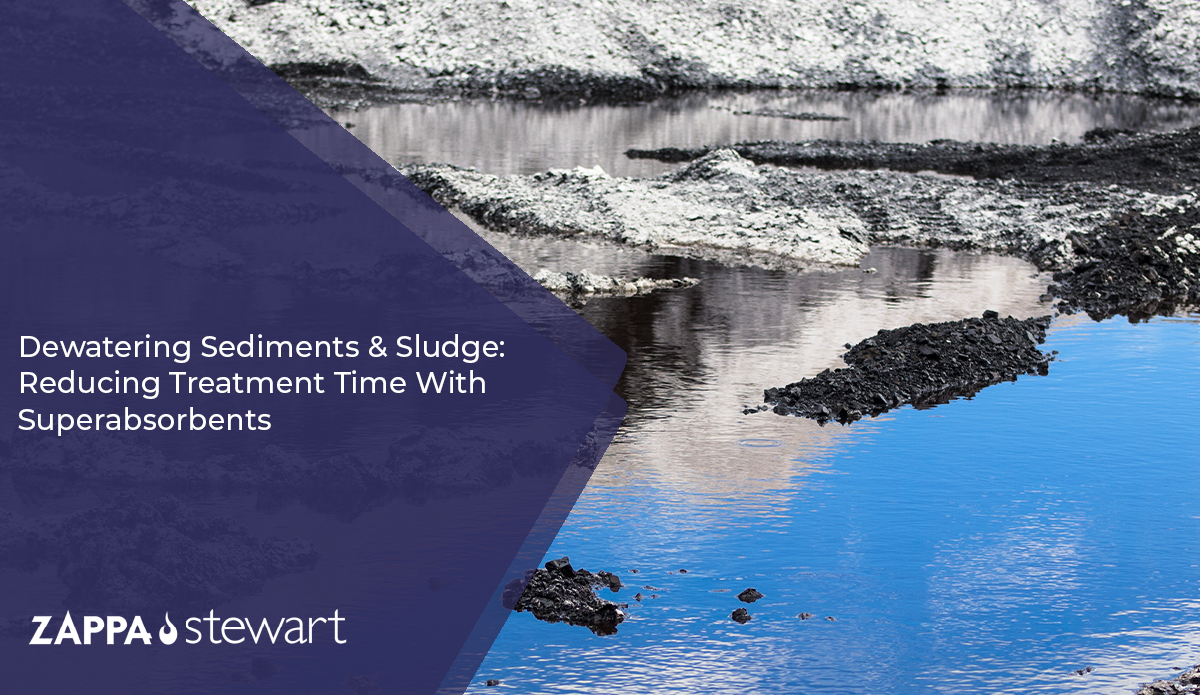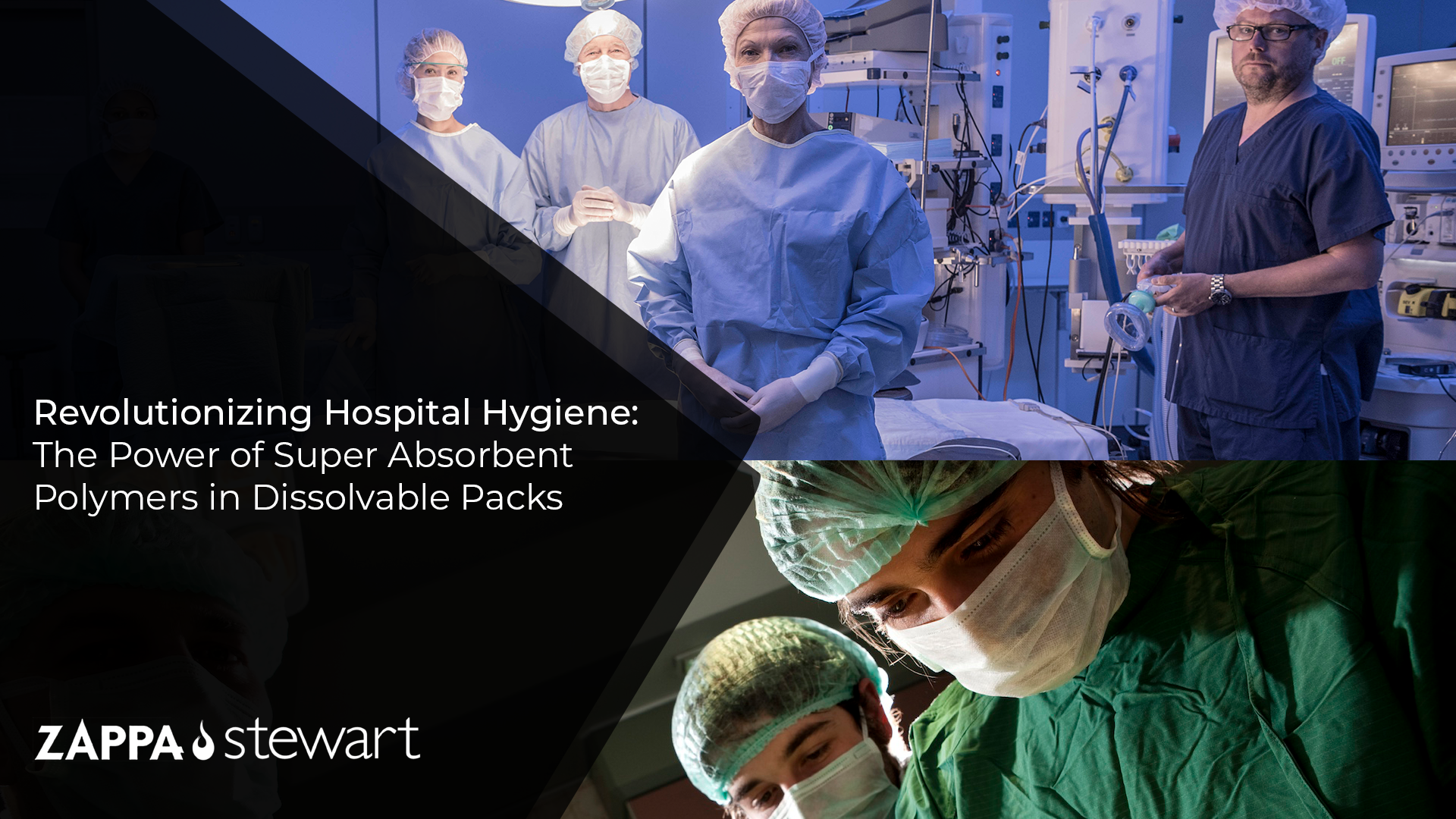Loads that fail the Paint Filter Liquids Test (PFLT) for free liquid are turned away at the landfill gate, driving rework and extra hauling. Superabsorbent polymers (SAPs) immobilize free liquid quickly to help pass PFLT (EPA Method 9095B) and move material off-site sooner—often at lower dose than bulk absorbents.
Topics: SAP, SAP Applications, HDD, ZapOut, Tunneling
Washdowns, ingredient spills, and changeovers add time and slip hazards. Superabsorbent polymers (SAPs) capture and immobilize liquids quickly, making cleanup faster and safer while supporting housekeeping SOPs. SAPs also support spill kits and certain packaging absorbents where permitted.
Topics: SAP, SAP Applications, HDD, ZapOut, Tunneling
Superabsorbent polymers (SAPs) rapidly immobilize free liquid by converting it into a stable gel, helping sites cut handling/disposal costs, reduce risk, and meet landfill “no free liquids” requirements. Below you’ll find quick answers to the most common questions we get about SAPs—plus where to use them and how to validate performance in the field.
Topics: SAP, SAP Applications, HDD, ZapOut, Tunneling
Topics: SAP, SAP Applications, HDD, ZapOut, Tunneling
Managing drilling fluid waste from HDD and hydrovac work shouldn’t drain time, money, and crews. Traditional absorbents like sawdust or lime add bulk, slow you down, and still risk free-liquid failures at the landfill. Zappa-Stewart superabsorbent polymers (SAPs) flip that script—solidifying mud in 15–30 minutes, cutting added material to a fraction of the usual dose, shrinking pit volumes, and helping loads pass Paint Filter so you can haul sooner, safer, and at lower total cost.
Topics: SAP, SAP Applications, HDD, ZapOut, Tunneling
Topics: SAP, SAP Applications, HDD, ZapOut, Tunneling
Tunneling has emerged as the least disruptive and most efficient methodology for rail and vehicle transportation, clean water and wastewater security and conservation as well as security for the movement of chemicals and hydrocarbon through sensitive environments.
Topics: SAP, SAP Applications, HDD, ZapOut, Tunneling
Dredging of saturated sediments from waterways, wastewater lagoons, and stormwater ponds generates massive quantities of waste material that require costly and time-consuming management practices, such as dewatering, solidification, transportation, and off-site disposal.
If solidification, transportation, and disposal of saturated sediments are a part of your scope of work, superabsorbent polymers (SAPs) can help to reduce your budget, time-on-site, and environmental risks.
Topics: Environmental Conditions, Waste Disposal, Environmental Remediation
One of the key principles of employing superabsorbent polymer (SAP) technology for the solidification of dredged sediments, wastewater treatment sludge, or other liquid-bearing waste materials, is the drastic time savings that can be realized with SAPs when compared to traditional, commodity drying products like sawdust or Portland cement.
In the fast-paced environment of hospitals, every second counts. From emergency rooms to surgical suites, healthcare professionals are constantly seeking innovations that streamline their processes and enhance patient care. One such innovation making waves in the medical industry is the use of Super Absorbent Polymers (SAP) packed in convenient, dissolvable packets.
Topics: Medical Waste Solidification


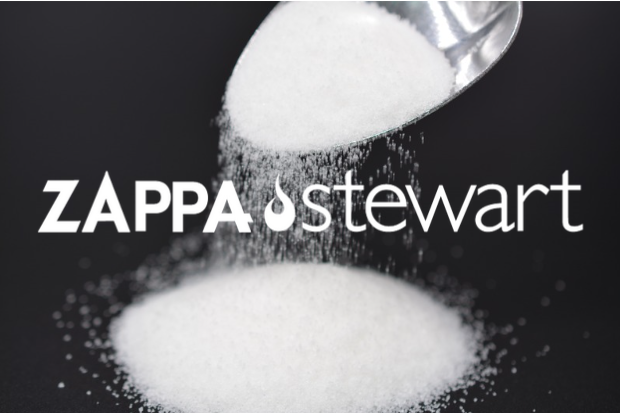
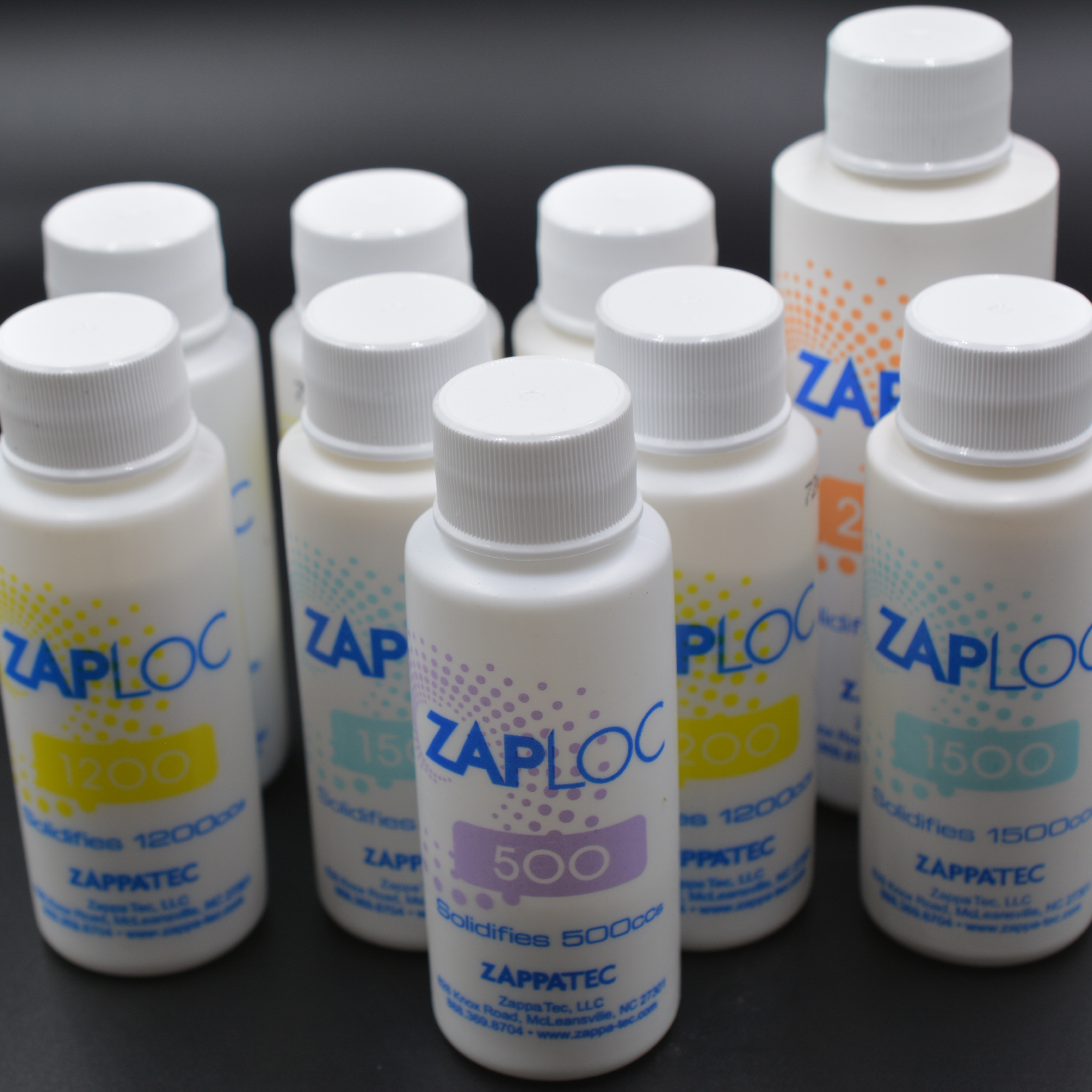
.jpg)
